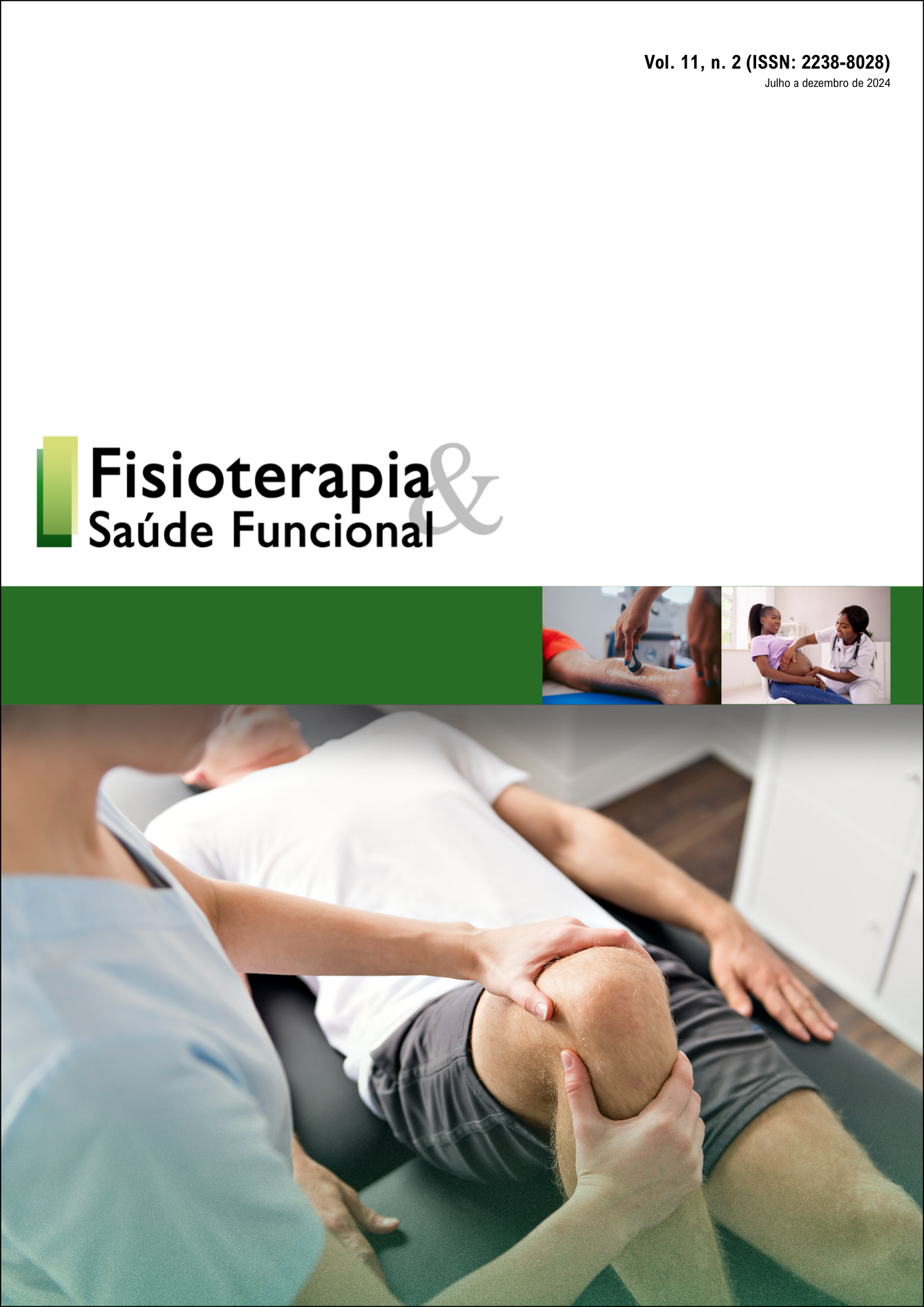Pelvic floor interventions during pregnancy: a systematic review and critical analysis of protocols
Abstract
Introduction: Interventions during pregnancy to prevent perineal trauma have been widely studied, but there is a need for a reflection on the protocols used. Objective: To analyze the intervention protocols on the pelvic floor muscles during pregnancy to prevent perineal trauma. Methods: We performed a literature systematic review in PubMed, Embase, and PEDro databases using the keywords: antenatal perineal massage, antenatal pelvic floor muscle training (or exercise), and instrument-assisted perineal stretching and expulsive training (Epi-no device). We applied the PICOS strategy to select intervention studies. Results: We included fourteen pelvic floor muscle training (PFMT), seventeen antenatal perineal massage (APM), and eight Epi-no device use protocols. The protocols greatly varied concerning frequency, duration time, and professional supervision. We observe a pattern regarding gestational age onset where PFMT starts after the first semester, APM at the end of the third trimester, and Epi-No at the end of the third trimester or from the 37th gestational week. Conclusions: This protocols synthesis encourages reflection about perineal preparation during pregnancy, which, together with the findings of the individualized assessment, can be used to guide conduct in this regard.
##submission.downloads##
Pubblicato
Fascicolo
Sezione
Licenza
Copyright (c) 2024 Edna Gondim, Lia Rocha, Maria Silva, Simony Nascimento

TQuesto lavoro è fornito con la licenza Creative Commons Attribuzione 4.0 Internazionale.



